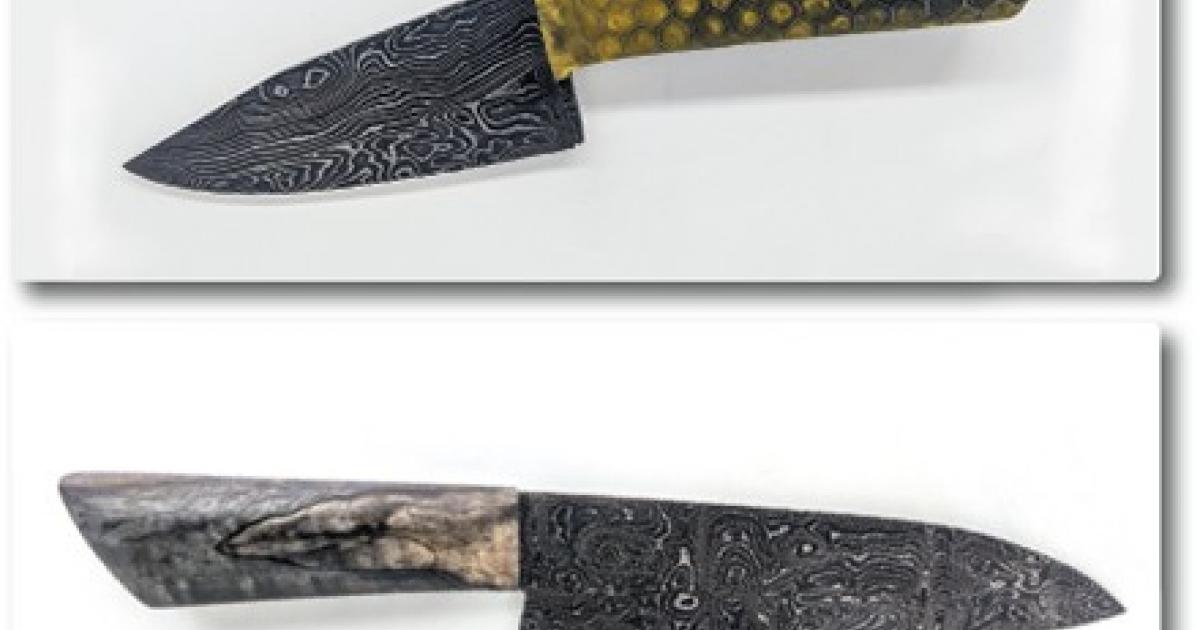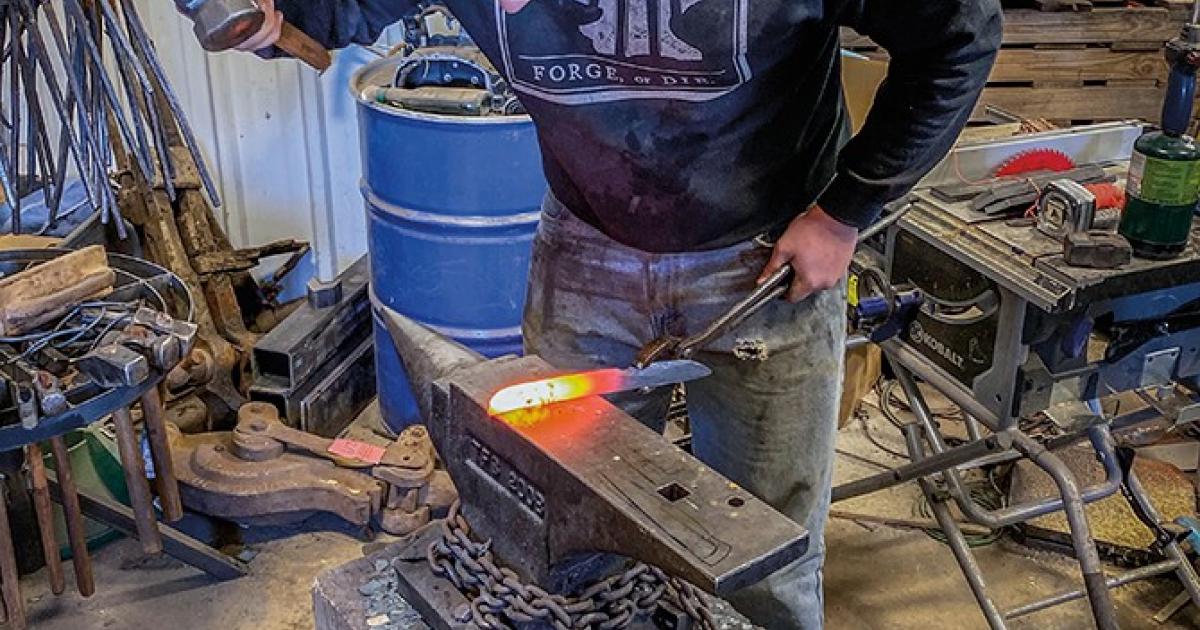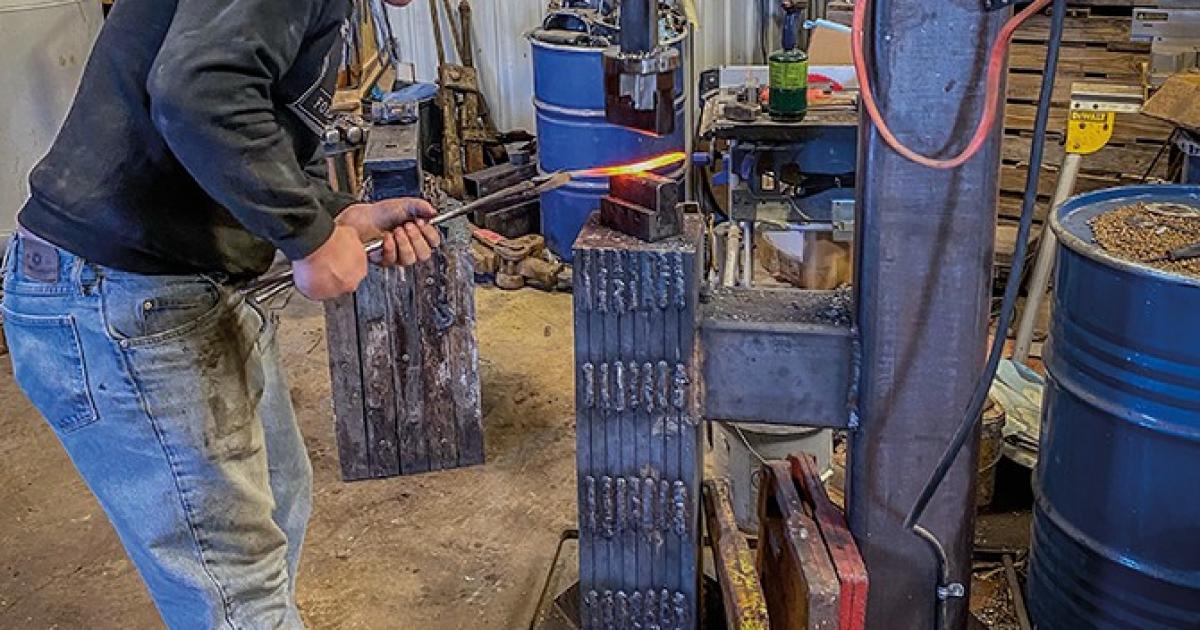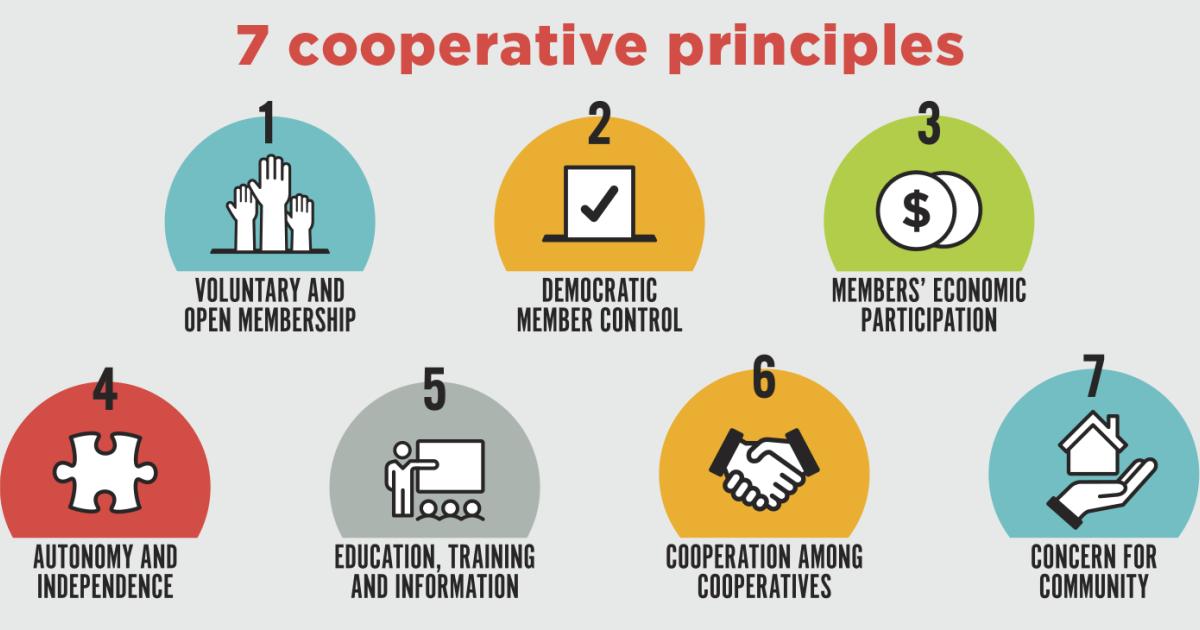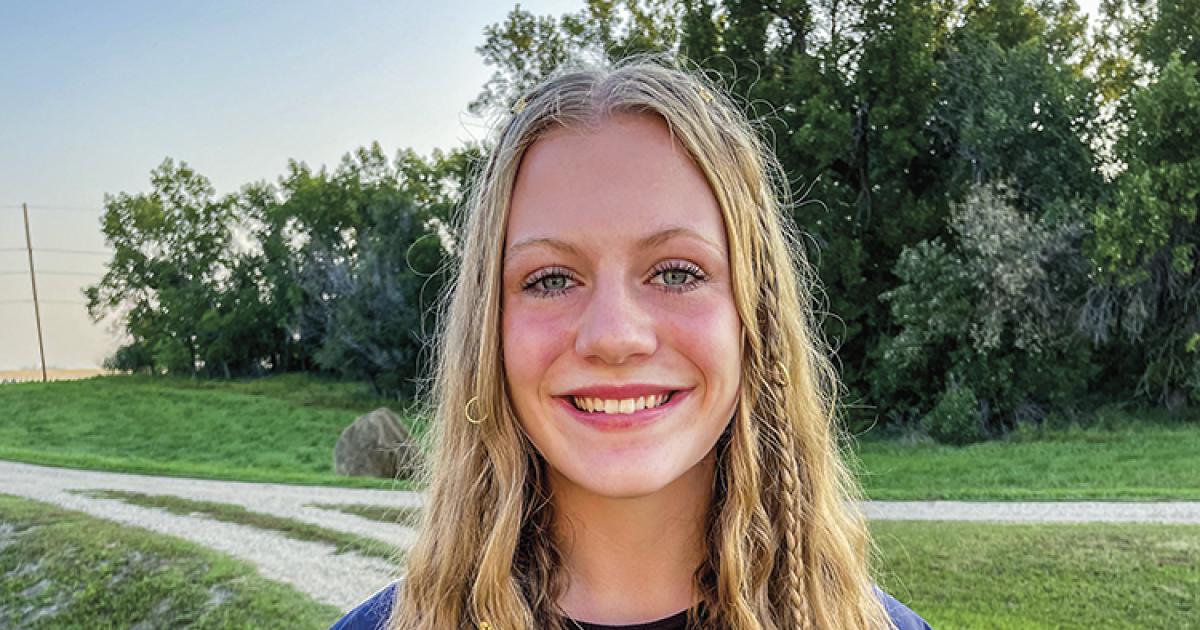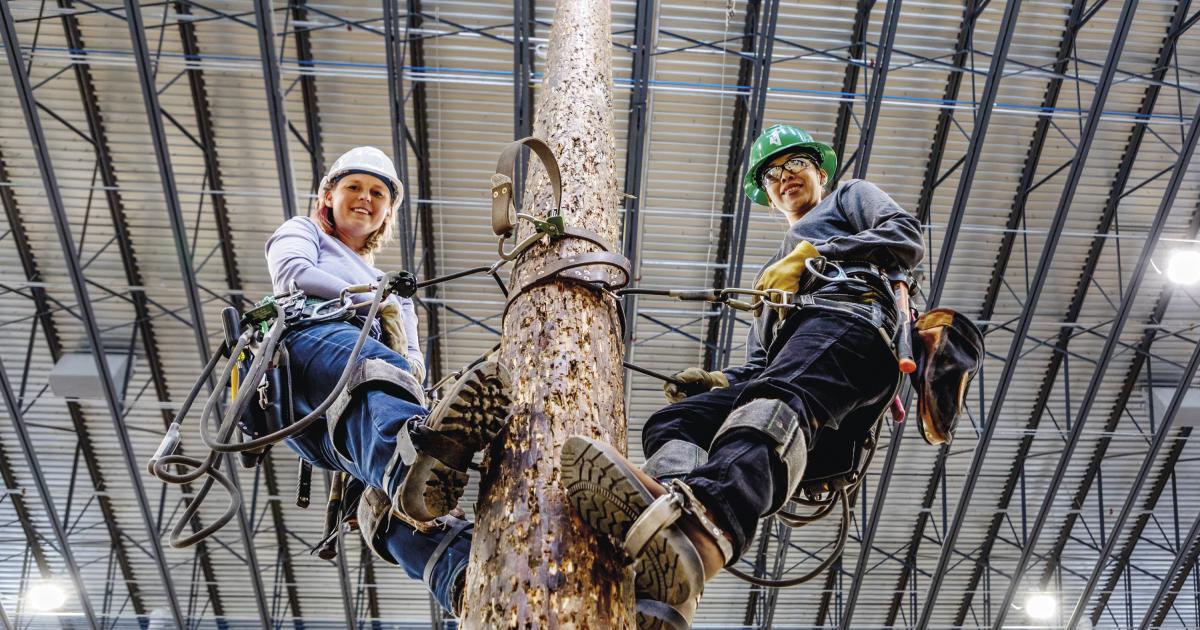Gabe Jensen slides the glowing white-hot steel from a fiery forge, places it on an anvil, then drives a hammer against the steel with a resounding ring of metal striking metal. With force and flame, he ultimately coaxes the steel into an exquisite knife blade.
Top to bottom: Gabe Jensen’s San Mai blade demonstrates the untouched forged layer along the top of the blade. This Damascus hunting knife has a frame handle construction with resin scales. Gabe Jensen crafted this Damascus chef’s knife with a handle of purple dyed wood. This was Gabe Jensen’s first Damascus knife after taking a class with American Bladesmith Society master David Lisch. This knife’s handle is made of boxelder burl scales.
Just 17 years old, Gabe has also forged his own business, Cracked Anvil Blade Smithing, melding metal, muscle, fire and expertise to create hunting, utility and chef’s knives.
“I like swinging the hammer. The whole process is taking raw materials and making something unique out of it,” he says.
The young knifesmith from the Carson area in southwestern North Dakota started studying the craft when he stumbled across a television show, “Forged in Fire,” in which bladesmiths compete to “recreate some of history’s most iconic edged weapons,” according to the show’s website. Gabe watched the show for about a year, studied YouTube videos and researched the craft, then attempted his first blade using tools in his father’s shop, cutting a knife from a piece of scrap steel.
“It was not very good,” Gabe says, shaking his head. “I thought I knew a lot, and it turns out I didn’t.”
To encourage his son, Gabe’s father, Kevin, built a coal-fired forge when Gabe was 14 years old.
“It only sort of worked, but I started forging. Originally, I was just cutting knives out, but now I actually started hitting steel and moving things around. I started to really, really find a love for it,” Gabe describes.
“Unlike everything else I do, I somehow didn’t get discouraged. I’m not typically persistent when it comes to learning new skills. For whatever reason, this stuck,” he shares.
Kevin then gifted Gabe a gas-fired forge for his 15th birthday, and “that’s when it really started to pick up,” Gabe says.
Through the internet, Gabe befriended other knifesmiths and blacksmiths around the country, and the group started sharing conversations and ideas.
“A lot of that is really what kept me at it,” Gabe says. “It was this small community. We started talking a lot and some of us have collaborated.”
Gabe gathered more tools, polished his skills and created about 20 knives his first year of smithing.
“Progress was really slow at first. I started to get knives out, started to get some things figured out,” he says.
Then Gabe had an epiphany at a seminar in Arkansas, where an American Bladesmith Society (ABS) certified master bladesman demonstrated techniques.
“I like the idea of being self-taught, but after not even doing any hands-on with these masters, I thought that’s how I’m going to learn is with people,” he shares.
Just 16 years old at the time, Gabe traveled to Washington State for a three-day hands-on private class with ABS master David Lisch, a rock star knifemaker.
“Even though he’s been making knives for 40 years and is three times my age, we really got along,” Gabe says. “This craft has taken me to places I’d never be able to go and people my age never get to experience.”
Compelled to craft quality knives to sell, Gabe left high school, concentrating on forging knives, and working during the summer with his parents, Kevin and Kris Jensen, who own Heart River Honey.
Gabe continued to travel to shows and seminars, including taking a class with Jason Knight, an ABS mastersmith and former judge on “Forged in Fire.”
“I can tell my knives have gone leaps and bounds ever since then,” Gabe says.
He has now sold about 50 knives, and has taken custom orders.
Shaping the steel
Gabe’s knives begin as a rectangular piece of flat steel in varying thickness and size. He pushes the heated steel into shape, either using a hand-held hammer or a 100-pound power hammer built by his father.
“You move it around so you have a good base to start with, so you don’t have to spend so much time grinding,” he describes.
Gabe relishes forging the steel, but finds the finishing grinding to be tedious. He leaves a blackened forge mark along the top of each knife, which the grinder hasn’t touched.
“It’s a show of skill, so you can see how it tapers, all forged,” he points out.
Enthusiastically explaining the metallurgy aspects of knifemaking, “heat treating is about the only thing that’s scientific,” Gabe says.
The steel is heated to a critical temperature, then cooled quickly in a quenching oil, which changes the state of the steel and allows the knife to hold its edge, he explains.
At that point, the steel is almost brittle and will continue to harden. To stop the hardening process, it’s heated for two, two-hour cycles at 350 degrees. The entire process gives the steel enough flex, allows it to hold an edge and keeps it from breaking.
Gabe then hand finishes the bevels of the blade, and fashions handles from exotic woods, like 5,000-year-old bog oak from the Ukraine, or high-quality resin plastics.
“I spend a lot of time when I do a handle just holding it,” he says. He also sends some of his knives to a sheath maker in Oregon to make custom sheaths to fit the knives.
Gabe also creates Damascus steel blades, a technique that was invented by ancient knifemakers and reinvented in the modern age by the ABS founder, Bill Moran.
High-carbon steel and high-nickel steel are layered alternately in stacks, tack welded, then heated in a 2,000-degree forge. After heating, the layers are smashed with a power hammer to force a bond so the layers are a continuous piece of steel. Chemicals are used to etch a pattern into the steel, which leaves a tactile topography across the blade.
“Damascus is very hard to make. You have to control your heat and you have to control the oxygen getting to the steel,” he says.
Gabe also adds a patina to some knives using mustard on high-carbon steel. The vinegar in the mustard leaves a sheen on the blade.
Gabe has forged a wide assortment of knives, ranging from folding pocket knives to 6- to 8-inch chef’s knives and hunting knives.
Serious home cooks who make gourmet food are his target market for the chef’s knives.
“Chefs become knife enthusiasts, because it makes cooking a lot easier,” he says. “It seems to be where the largest market is and I like making that kind of knife, because you can play around stylistically with that type of knife a lot.”
With his forge blazing in the background, Gabe lifts a coarse knife from a drawer in his work area, sharing his first attempt at the craft, compared to the etched skill on a newer Damascus blade, proving the artisan has now found his own fire.
“It’s amazing the way it’s changed my life,” he says of his craft.
Gabe’s work can be found on Etsy (www.etsy.com/shop/CrackedAnvilSmithing(link is external)), Instagram (cracked_anvil_blacksmithing) and Facebook (Cracked Anvil Blade Smithing).
Luann Dart is a freelance writer and editor who lives in the Elgin area.


